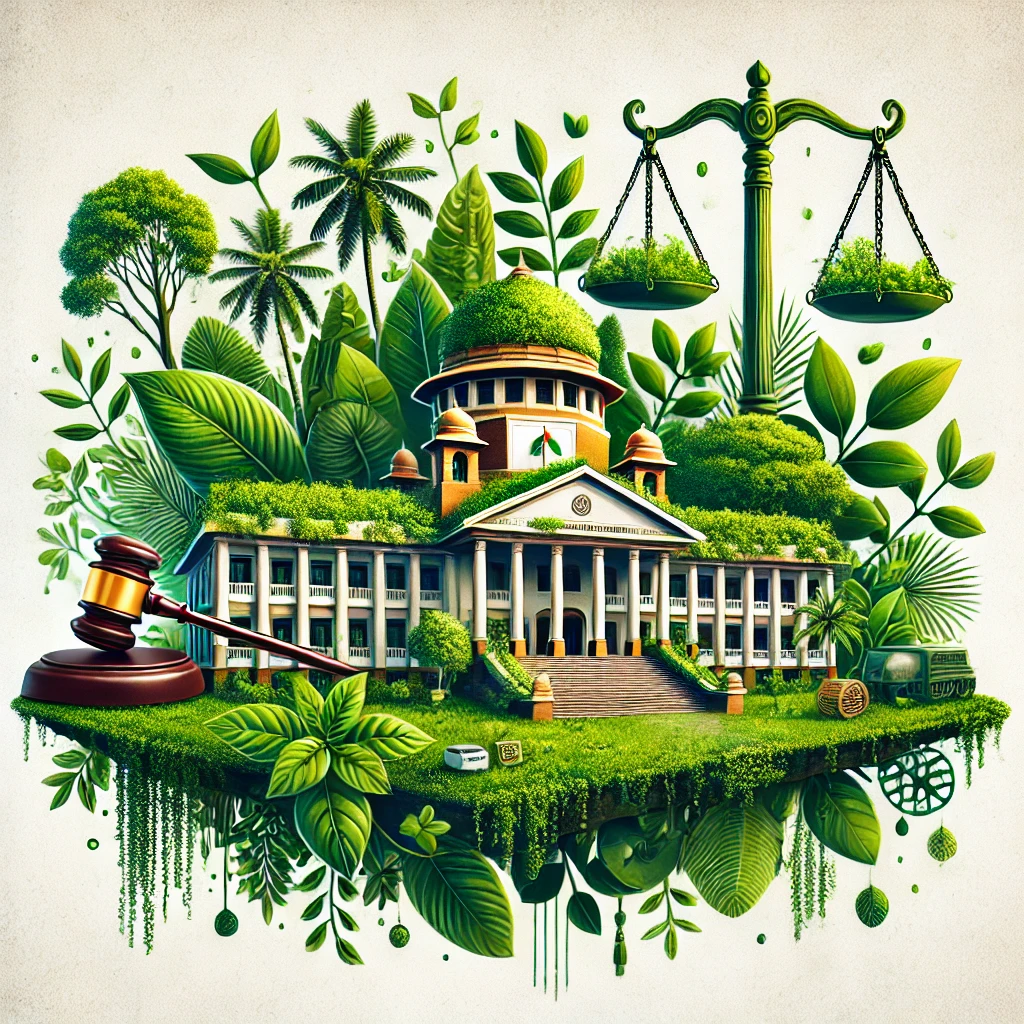Environmental laws at Northern Mariana Islands (US)
The Northern Mariana Islands (NMI), a U.S. territory in the Pacific, has a number of environmental laws and regulations aimed at preserving its natural resources, safeguarding public health, and ensuring sustainable development. These laws are influenced by both local governance and U.S. federal environmental regulations. Below are key environmental laws and initiatives governing the Northern Mariana Islands:
1. The Commonwealth of the Northern Mariana Islands Environmental Protection Act (2014)
Purpose: This Act created the Commonwealth Environmental Protection Agency (CEPA), which is responsible for regulating and enforcing environmental laws in the Northern Mariana Islands.
Key Provisions:
Establishes regulations for air and water quality, solid waste management, hazardous waste disposal, and land use.
CEPA is tasked with ensuring compliance with both local and federal environmental standards.
Includes requirements for environmental impact assessments (EIA) for projects that could potentially harm the environment.
2. The Coastal Resources Management Act (CRM)
Purpose: This Act is aimed at managing and protecting coastal and marine resources in the Northern Mariana Islands, which is critical due to the archipelago's reliance on its coastal ecosystems for economic activities like fishing and tourism.
Key Provisions:
Established the Division of Coastal Resources Management (DCRM), which oversees activities in coastal zones.
Requires permits for activities like construction near shorelines, dredging, or any development that might affect marine and coastal resources.
Emphasizes sustainable use of marine resources to protect coral reefs, beaches, and coastal habitats.
3. The Water Pollution Control Act (1972)
Purpose: Regulates water pollution, providing mechanisms for controlling discharges into water bodies.
Key Provisions:
Ensures compliance with water quality standards for all water bodies, including lakes, rivers, and coastal waters.
The Act aims to control pollutants like sewage, chemicals, and industrial waste to prevent contamination of water resources.
4. The Clean Air Act (Federal Law)
Purpose: The Clean Air Act is a federal law that also applies to the Northern Mariana Islands to protect air quality by regulating the emissions of pollutants from stationary and mobile sources.
Key Provisions:
Sets air quality standards for various pollutants, including carbon monoxide, ozone, and sulfur dioxide.
The Environmental Protection Agency (EPA) works with local agencies like CEPA to monitor and enforce compliance with air quality standards.
5. The Endangered Species Act (Federal Law)
Purpose: The U.S. federal Endangered Species Act (ESA) protects endangered and threatened species and their habitats, including in U.S. territories like the Northern Mariana Islands.
Key Provisions:
Designates critical habitats for protected species and bans activities that could harm these species.
Species such as the Mariana fruit bat and the green sea turtle are protected under this Act.
The U.S. Fish and Wildlife Service plays a key role in enforcement and protection efforts.
6. The Marine Mammal Protection Act (Federal Law)
Purpose: Aims to protect marine mammals in U.S. waters, including those in the Northern Mariana Islands.
Key Provisions:
Prohibits the killing, hunting, or capturing of marine mammals, except under specific, regulated conditions.
Applies to species such as dolphins, whales, and sea lions found in the waters of the Northern Mariana Islands.
7. The National Environmental Policy Act (NEPA) (Federal Law)
Purpose: Requires federal agencies to assess the environmental effects of their proposed actions before making decisions, especially for large projects.
Key Provisions:
In the Northern Mariana Islands, NEPA applies to federal projects, including those funded by the U.S. government or involving federal agencies.
It mandates Environmental Impact Statements (EIS) for major projects that could significantly affect the environment, ensuring that these impacts are considered in the planning process.
8. The Hazardous Waste Management Act
Purpose: Regulates the disposal, treatment, and storage of hazardous materials in the Northern Mariana Islands.
Key Provisions:
Requires that hazardous waste be managed and disposed of properly to avoid contamination of land and water resources.
Compliance with U.S. Environmental Protection Agency (EPA) standards is required, including the transportation and disposal of hazardous substances.
9. The Solid Waste Management Regulations
Purpose: This law addresses the management of solid waste, aiming to reduce waste, promote recycling, and ensure safe disposal methods.
Key Provisions:
Encourages the reduction, reuse, and recycling of waste materials.
Establishes guidelines for the operation of landfills and waste collection services in the territory.
Aims to minimize environmental contamination from improperly disposed waste, particularly in landfills.
10. The National Historic Preservation Act (Federal Law)
Purpose: Protects cultural and historical resources, including those in the Northern Mariana Islands.
Key Provisions:
Requires federal agencies to consider the effects of their actions on historic properties and cultural resources.
Promotes the preservation of archaeological sites, historic buildings, and other culturally significant sites.
Environmental Challenges in the Northern Mariana Islands
While the Northern Mariana Islands have several environmental protections in place, the territory faces challenges such as:
Climate Change: Rising sea levels and extreme weather events pose risks to coastal areas, especially given the islands' low elevation.
Waste Management: Proper waste disposal and recycling efforts are crucial in the islands, where landfill space is limited and waste management practices can be challenging.
Coral Reef and Marine Life Protection: Protecting the island's unique marine biodiversity, including coral reefs and endangered species, remains a critical priority for conservation efforts.
Conclusion
Environmental laws in the Northern Mariana Islands reflect a combination of local and federal efforts aimed at protecting the territory’s natural resources. These laws focus on regulating pollution, protecting coastal and marine ecosystems, managing hazardous waste, and preserving biodiversity. However, effective enforcement and addressing ongoing environmental challenges remain essential for maintaining sustainable development and environmental health in the region.




























0 comments